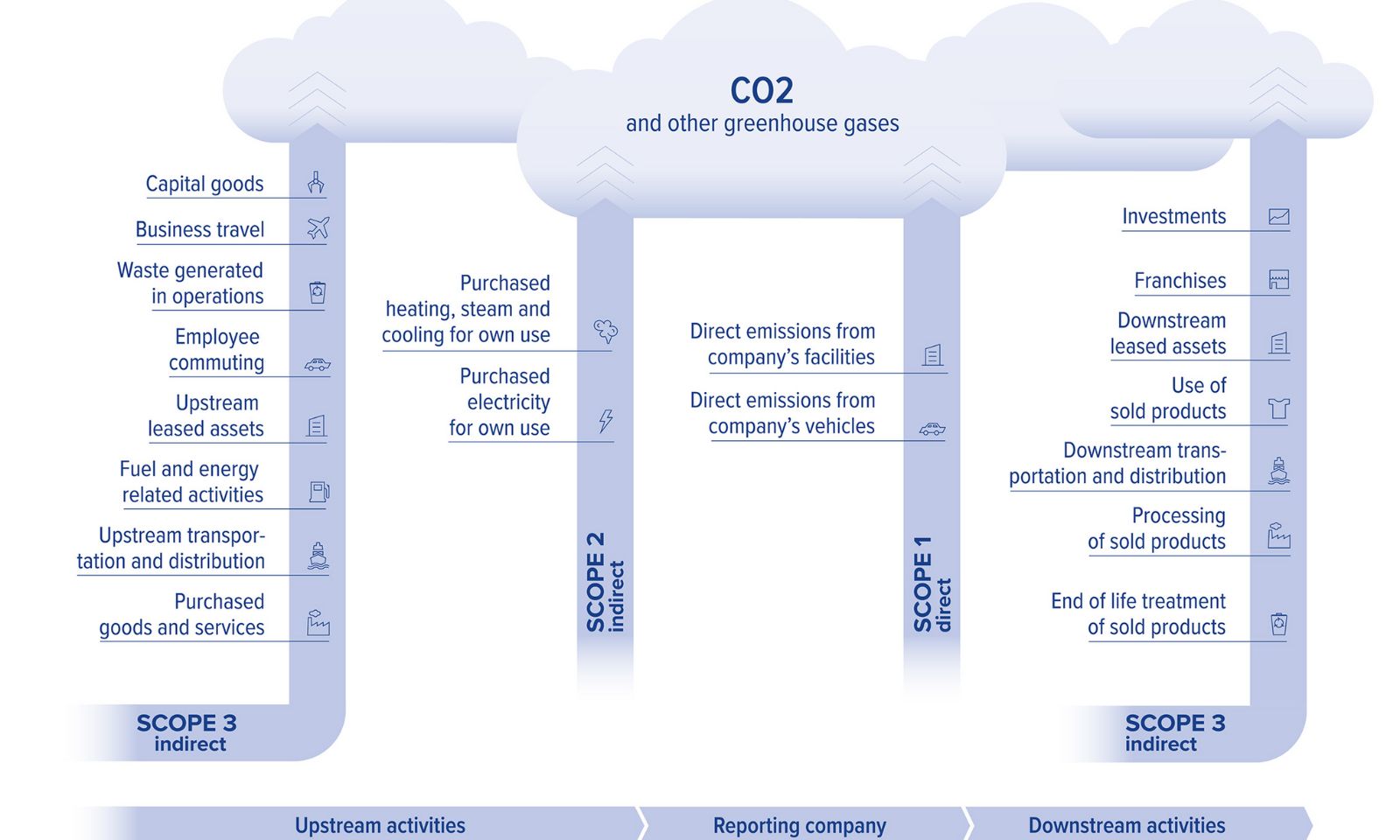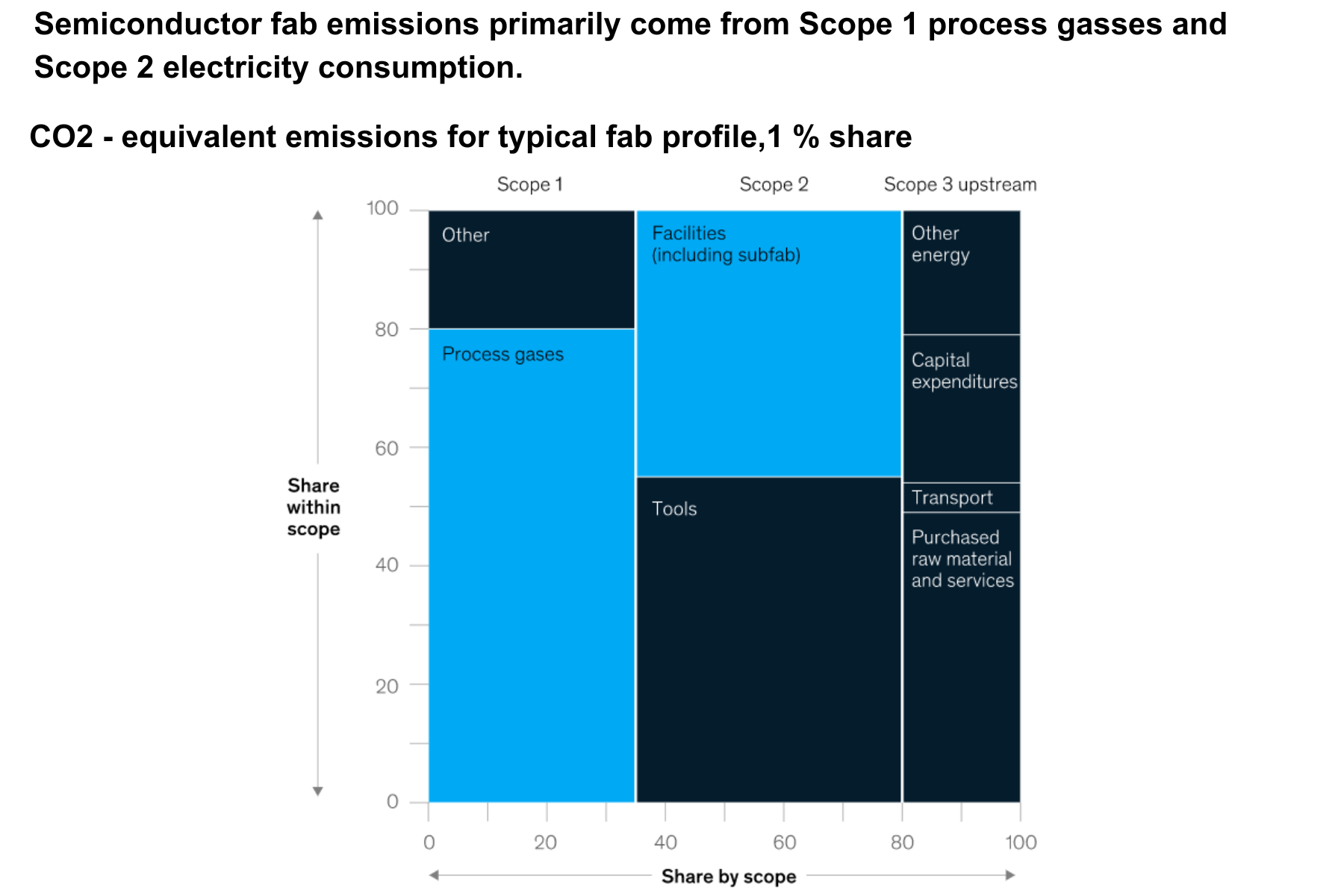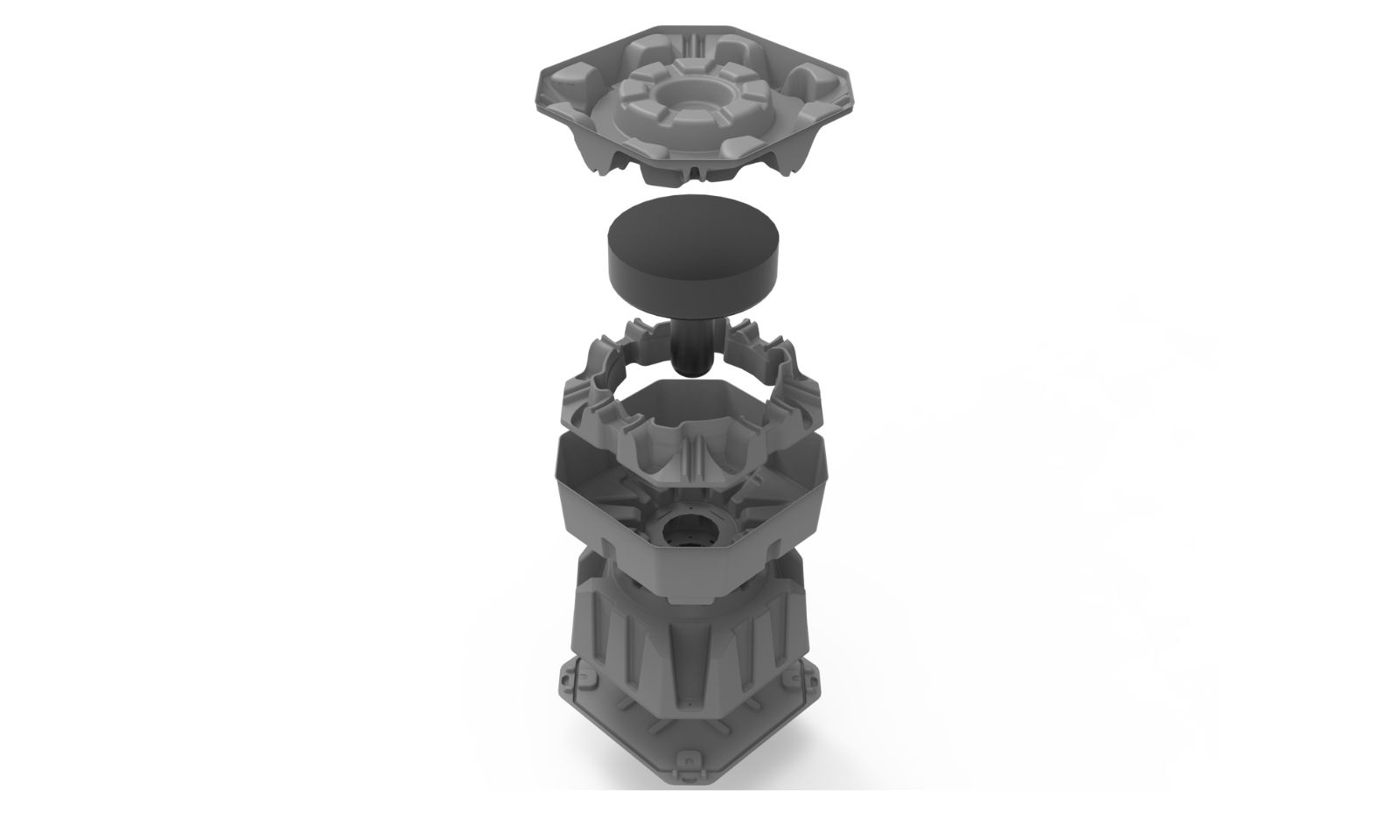- News & Insights
- 2023
- Advancing Sustainability in the Semiconductor Industry through Innovative Packaging Solutions
News & Insights
Semiconductor Industry
Advancing sustainability through innovative packaging solutions
Over 50 years ago Gordon Moore revolutionized the industry...
Over 50 years ago Gordon Moore revolutionized the industry with his observation of the constantly doubling number of transistors on a microchip in a dense integrated circuit every 18 months. As a result, the computing power was increasing while the cost per chip was decreasing1. Nowadays, however, the industry is following an opposite trend of miniaturization, which might soon overthrow Moore’s law. Just as the chips are becoming smaller and reduce energy consumption per transistor, so is the packaging design becoming more sustainable. Why the change?
The urgent need to increase sustainability efforts comes just as semiconductor production ramps up to meet growing demand for more sophisticated chips. As production increases, however, so do emissions.
Even with major semiconductor companies’ latest, more stringent commitments, the industry is not on track to limit emissions to the extent required under the 2016 Paris Agreement, which aims to restrict the mean rise in global temperature to 1.5°C from preindustrial levels by 2030 and net-zero emissions by 20502.
The good news is that semiconductor companies can achieve sustainability through various means, from improving manufacturing processes and using more energy-efficient equipment to switching to renewable resources. Innovative packaging solutions, made from recycled post-consumer waste are also playing a crucial role in achieving sustainability in the industry. By leveraging these solutions, semiconductor companies can make significant strides in reducing their environmental impact. Keep reading to learn more about the benefits of sustainable packaging solutions in the semiconductor industry.
 Example of the GHG protocol, outlining how the Scope 1, 2 and 3 emissions contribute to generating CO2 and other greenhouse gases.
Example of the GHG protocol, outlining how the Scope 1, 2 and 3 emissions contribute to generating CO2 and other greenhouse gases.
Multifaceted emissions problem
The main challenge with fighting climate change comes from the fact that semiconductor device makers, as many other manufacturers, fall into different emissions’ categories. From emissions arising from process gasses with great global warming potential (Scope 1), to emissions from electricity, steam, or heating (Scope 2), finally to all other indirect emissions in the company’s value chain (Scope 3). According to the latest research, Scope 2 emissions take most of the blame (ca 45%), followed by Scope 1 (35%) and Scope 3 (20%)3. To counteract climate change, experts suggest various routes, including setting more aggressive, measurable sustainability targets while looking to optimize sourcing of materials and minimize waste4.
In fact, leading semiconductor producers have already employed a variety of tools designed to do that, from community-level recycling initiatives to larger-scale efforts like circular waste-reduction targets, as well as reducing test wafer use and reusing consumables and spare parts. In addition, engineers must design new devices with sustainability in mind to prevent the accumulation of electronic waste in late-stage recycling – this way they can boost operating profit by 16%, reduce material losses by 80% and cut emissions by 45%5. However, without a deeper collaboration between different parties, and implementation of transparent GHG emissions reporting, it will be very difficult to decarbonize the supply chains and meet these ambitious goals6.
 According to McKinsey’s research, semiconductor emissions come primarily from Scope 1 process gases and Scope 2 electricity consumption.
According to McKinsey’s research, semiconductor emissions come primarily from Scope 1 process gases and Scope 2 electricity consumption.
Sustainable character & enhanced cleanliness
As mentioned before, supply chain and Scope 3 emissions can be tackled in a different way. Switching to innovative and environmentally friendly packaging solutions is one of them. The recent rise in the use of thermoformed plastic packaging for semiconductors is not without reason. In fact, thermoformed plastic trays answer both the needs for sustainability and cleanliness. Designed from 100% recycled post-consumer HDPE, they are easier to recycle and reuse in return and circular flows compared to standard plastics, thus contributing to creating a truly circular plastic loop. Besides their reusability and recyclability, thermoformed trays offer one level of magnitude cleaner particle performance than standard foams. On top of that, by using thermoformed trays every company can significantly reduce their CO2 emission, compared to using PE foam, as they are more nestable which allows to save 85% of space during inbound transport and storage.
This data is measured and quantified with GreenCalc Nefab’s own environmental calculator tool, which is certified by ISO and integrated with SIMAPro. In fact, Nefab offers more than just analysis of the process; the company utilizes the circularity of thermoformed plastics. Customers’ thermoformed waste can be collected, cleaned, shredded, and extruded for reuse as raw material for new products. This keeps the plastics in continuous use, which reduces costs and CO2 emissions in customers’ supply chains. As a result, these recycled thermoformed trays are a perfect fit for return and circular flows, making supply chains more sustainable.

Shifting the mindset for a greater cause
If nothing changes, the growing demand for semiconductors means the volume of emissions will likely increase. To reduce this risk, the industry leaders are making bold sustainability commitments. However, more is needed to achieve net zero. Substantial emissions reduction requires collaboration with actors across the entire value chain, as well as implementing new technologies, fostering innovative thinking, and the complete engagement of fabs7.
At Nefab we work together with many businesses to champion new sustainable packaging solutions that optimize the supply chain and help them reach their sustainable goals. Get in touch to learn how we can support you
Want to learn more?
GET IN TOUCH
Contact us to learn more about our sustainable solutions.
LEARN MORE
GreenCALC
Nefab’s own certified calculator measures and quantifies financial and environmental savings in our solutions
Sustainable Solutions
Engineered packaging for sustainable supply chains
Sustainable Materials
Fiber-based packaging and raw materials